Origins of Chinese Painting
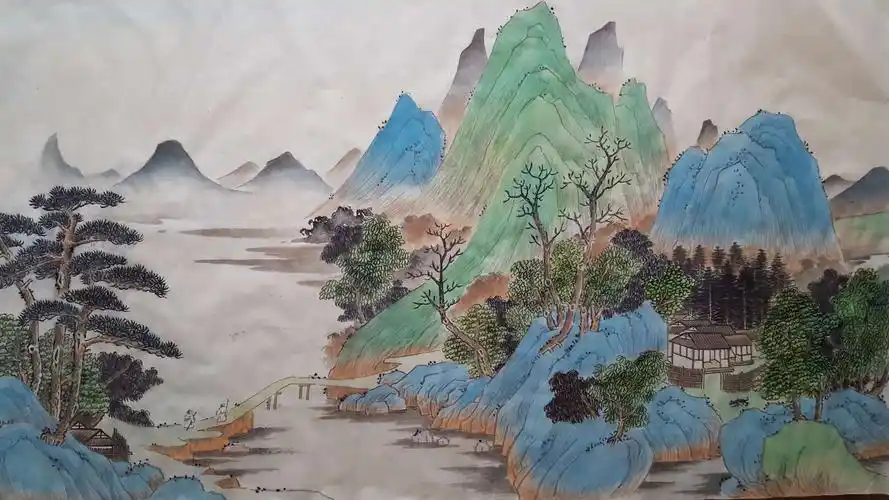
Chinese painting originated in ancient times, pictographic characters, the foundation; Text and painting at the beginning, there is no difference, this is the same meaning. Some people think that Fu Xi’s drawing of hexagrams and Cang Jie’s making of characters are the first of calligraphy and painting. There is no difference between text and drawing.
Pottery is the product of the Neolithic Age, pottery is divided into black pottery, white pottery and painted pottery. Painted pottery unearthed in Banpo village, Xi ‘an, an important Neolithic site, shows fish chasing each other and deer jumping. A boat-shaped pottery pot unearthed in Yongjing, Gansu province, makes us feel as if we were on the shore. There is also a dance color basin found in Shangsun Jiazhai, Qinghai, painted with three groups of five people singing together, showing the vitality of youth, which is the root of the study of Chinese painting history. In the late Neolithic Age, the earliest bronze ware was found in Xindian and Longshan cultural sites, which are both artifacts and arts and crafts. The common bronze decorative patterns include swallow pattern, cloud thunder pattern, Kui pattern, dragon pattern, tiger pattern, etc., and the human body is also used as a decorative pattern. Double Kui synthesis of Ronggu grain, tail more rolled up, very beautiful.
Decorative paintings on bronze objects, the theme can be divided into two categories, one is to describe the life of the nobility ceremonial activities, such as banquet, shooting, sacrifice and so on; For example, the Carved bronze mirror unearthed by Zhao Gu concentrated on the ceremonial activities of noble life; The other is to depict the images of land and water warfare, which is represented by the “Water and land Warfare Pattern” unearthed in Shanbiao Town. Other Baihuatan bronze POTS, the Palace Museum “Banyue Bronze POTS” have war scenes. In these paintings, there are water and land battles, strong wall defense, aerial ladder attack and so on. There are also depictions of water and land battles, showing the details of charging and killing. Some soldiers carry swords and halberds, and some carry swords and spears, which are vivid images. These artistic techniques, to the Han painting stone carving, brick carving with great inspiration and influence.
Chinese painting has a long history. As far back as 2000 years ago, paintings on silk appeared in the Warring States Period. Before that, there were primitive rock paintings and painted pottery paintings. The most famous painting in the Spring and Autumn period is the Royal Dragon Map on silk. It’s painting on silk. These early paintings laid the foundation for later Chinese painting to use line as the main modeling means. During the Han Dynasty and the Wei, Jin, Southern and Northern Dynasties, the impact and fusion of foreign culture and local culture led to the formation of religious painting at this time, depicting local historical figures and literary works accounted for a certain proportion, landscape painting, flower-and-bird painting also spsprout at this time. In Sui and Tang Dynasties, the social economy and culture were highly prosperous, and painting also showed an all-round prosperity. Landscape painting, flower-and-bird painting has matured, religious painting has reached the peak, and there is a tendency of secularization; The figure painting mainly expresses the aristocratic life, and has the character model with the characteristics of The Times. During the Five Dynasties and the Song Dynasty, figure painting became more mature and more prosperous, while religious painting was declining. Landscape painting, flower-and-bird painting became the mainstream of the painting world. The appearance of literati painting and its development in later generations greatly enriched the creative ideas and expression methods of Chinese painting. In the Yuan, Ming and Qing dynasties, ink landscape and freehand flowers and birds developed prominently, and literati painting and genre painting became the mainstream of Chinese painting. With the gradual stability of social economy and unprecedented prosperity in the field of culture and art, many great painters who loved life and respected art emerged, and painters of all generations created immortal famous paintings.
There are various schools of painting in Ming Dynasty, each leading the style. In the early Ming dynasty, through a series of political and economic reforms, the monarch provided a guarantee for the unification of the country, social stability and the recovery and development of productive forces. In the Jiajing and Wanli years of the Ming Dynasty, the economy and culture tended to be prosperous and the level of productive forces had reached the peak of the feudal society. The traditional scientific and technological achievements have been summarized gradually, and contain the factors to go to modern times; The field of thought and culture flourished and brought about new changes.
The painting circle of Ming Dynasty continued to evolve and develop along with the changes already shown in Yuan Dynasty. Literati painting and genre painting became a flood and formed many schools. Landscape, flower and bird themes popular, figure painting decline; Continuous innovation of ink painting techniques has further enriched the ability of ink and ink expression; The purpose of creation is to emphasize the expression of subjective taste and the pursuit of the pen. In the early period of Ming Dynasty painting, there were literati paintings inheriting the ink painting method of Yuan Dynasty. Palace “school style” painting; The “Zhe School” painting founded by Dai Jin and Wu Wei. The representative artists are: Liu Jun, Ni Duan, Shang Xi, Xie Huan, Li Zai, Bian Jingzhao, Lu Ji, Lin Liang, Dai Jin, Wu Wei, Zhang Lu. In the middle period of Ming Dynasty painting, Suzhou rose to the “four Wumen schools”, Shen Zhou and Wen Zhengming formed a powerful “Wumen painting school”, carried forward the tradition of literati painting, Tang Yin and Qiu Ying took the “school style” and the long literati painting, formed a new look. The representative painters are: Zhou Chen, Shen Zhou, Wen Zhengming, Tang Yin, Qiu Ying, Wen Jia. In the later period of Ming Dynasty painting, landscape painting became the mainstream, and literati freehand flower-and-bird painting also developed rapidly. The representative artists are: Zhang Hong, Xu Wei, Chen Chun, Basket Ying, Xiang Shengmo, Wu Bin, Ding Yunpeng, Chen Hongshou, Cui Zizhong, Zeng Whale.
Since the Tang and Song Dynasties, painters’ innovation of traditional Chinese painting has continued to this day, innovating styles on the basis of inheritance. In the Ming Dynasty, the “Wumen painting School” with shining stars not only represents the highest level of Ming Dynasty painting, but also opens a new river for the later generations in the exploration of learning ancient and innovation. In the later period of the Wu School, Suzhou painters represented by Zhang Hong took a new path in literati landscape painting and created paintings full of life. On the basis of inheriting the style and characteristics of the Wumen school of painting, they made innovations, and went to the mountains to sketch, learn from nature, and create paintings full of life atmosphere, reflecting the transcendent spiritual realm in the paintings. The picture is fresh and elegant, and the artistic conception is empty and clear.
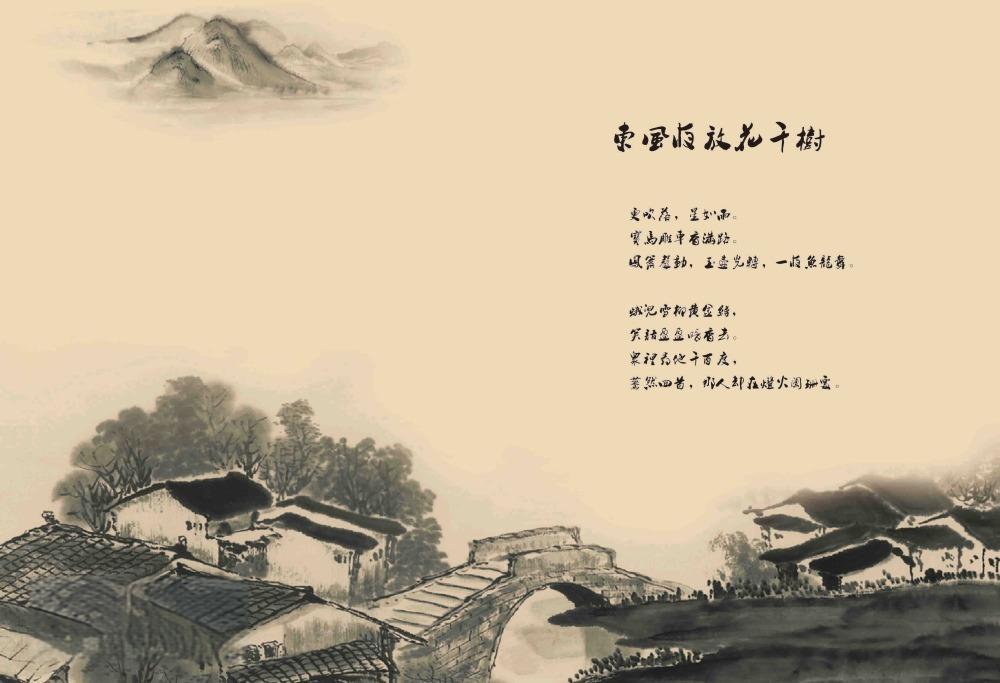
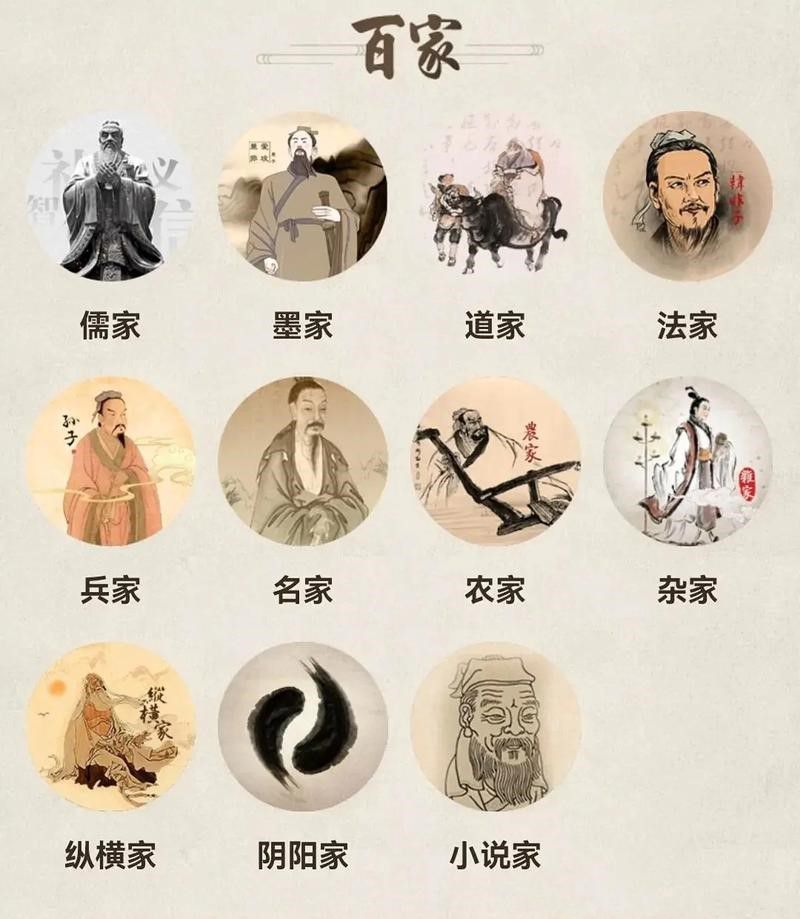
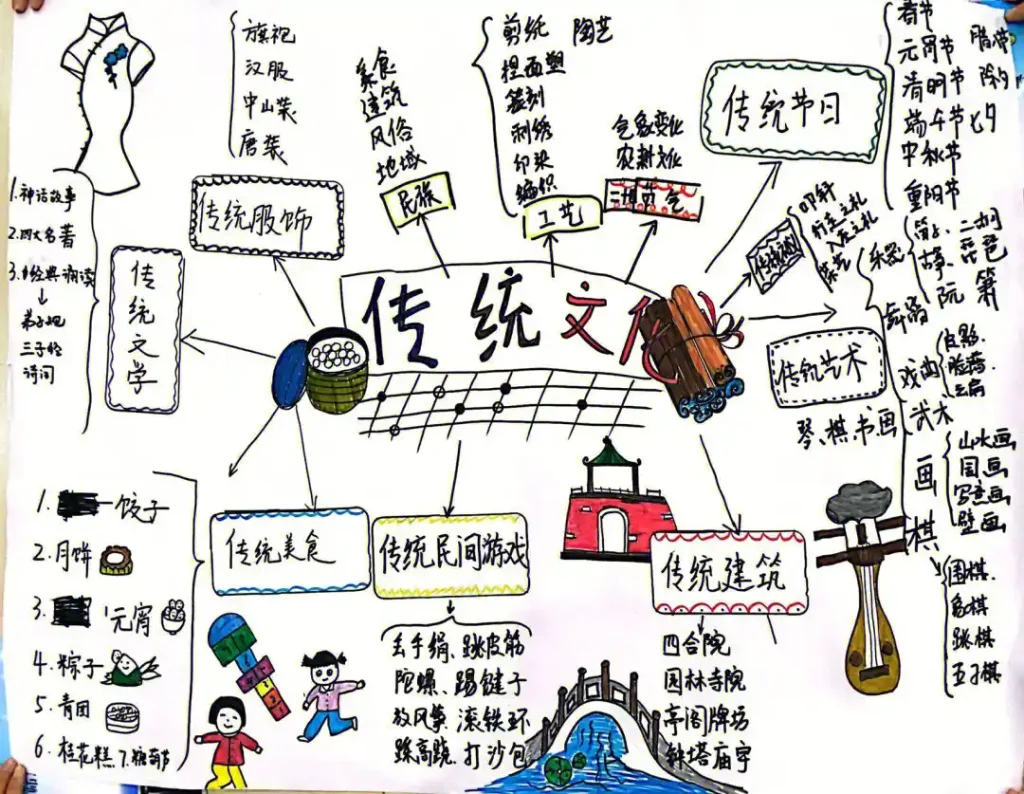
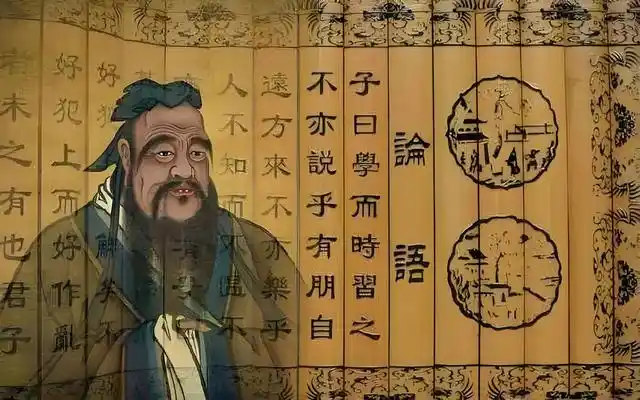
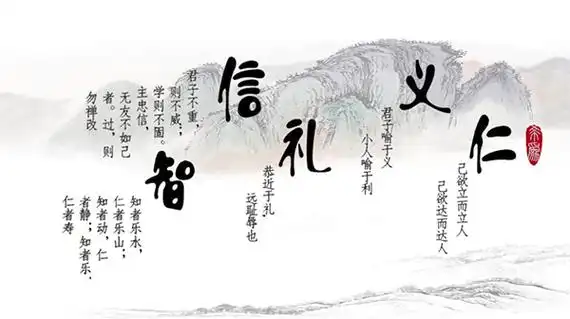
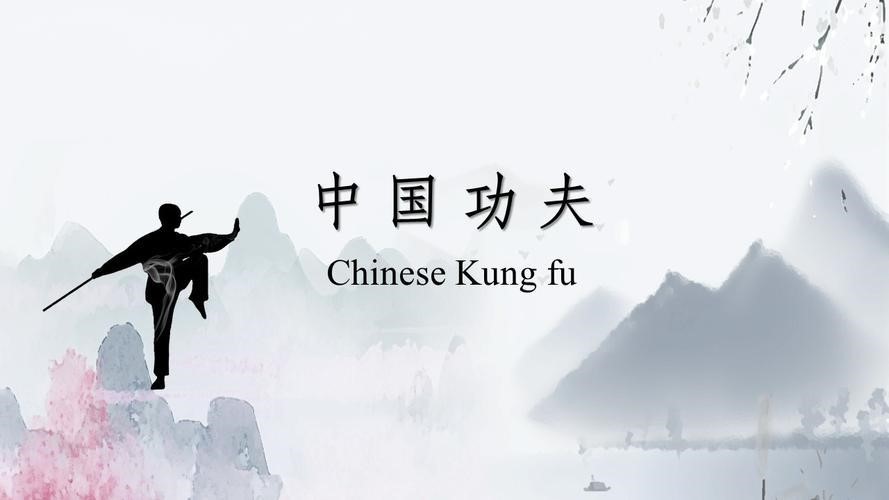
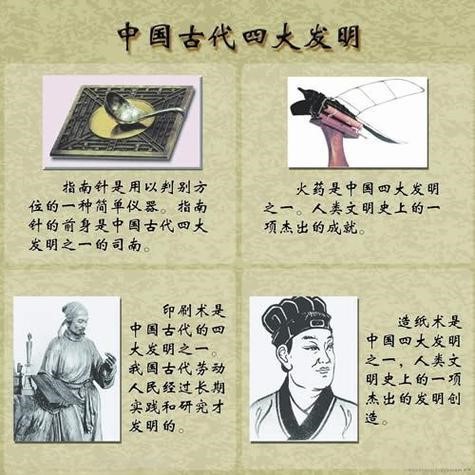
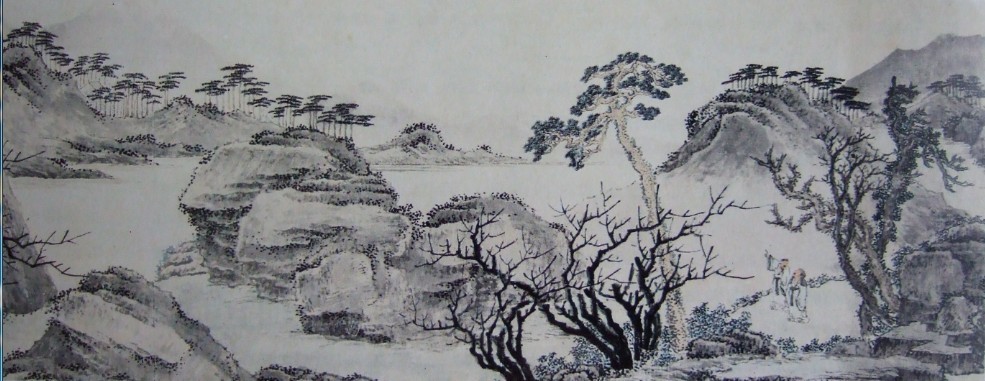
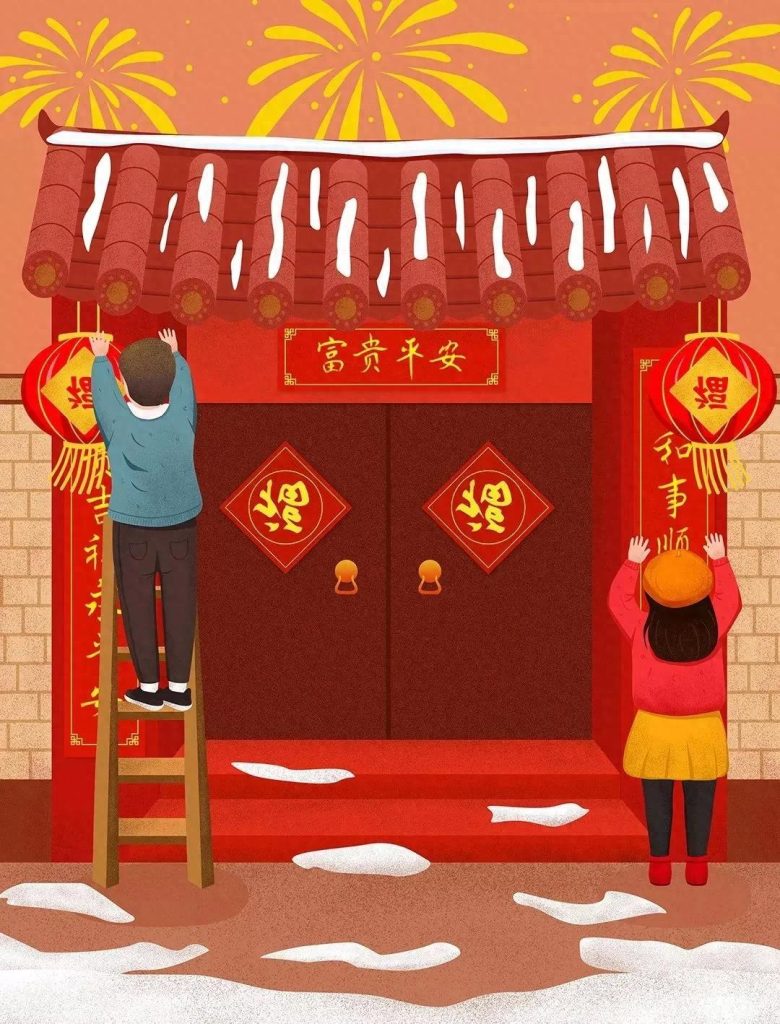
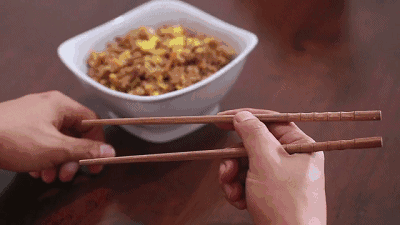
Immerse yourself in the allure of history as delicate motifs dance across its surface, a testament to the artistry of a bygone era.
Each stroke tells a story, making it a must-have for discerning collectors, vintage shops,
and galleries. This stand is more than an object; it’s a symphony of culture, an investment in heritage.